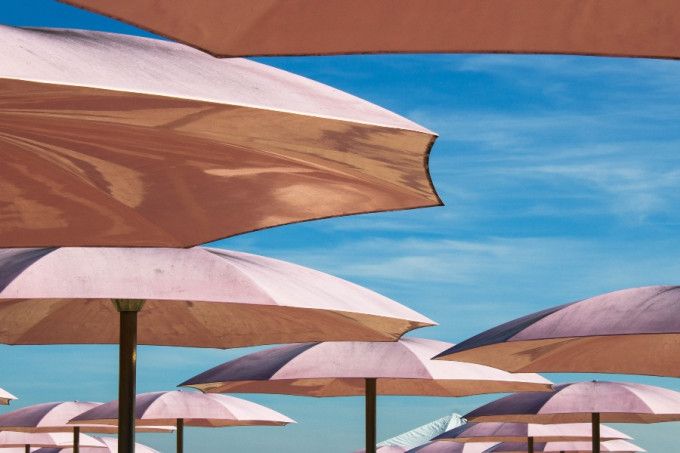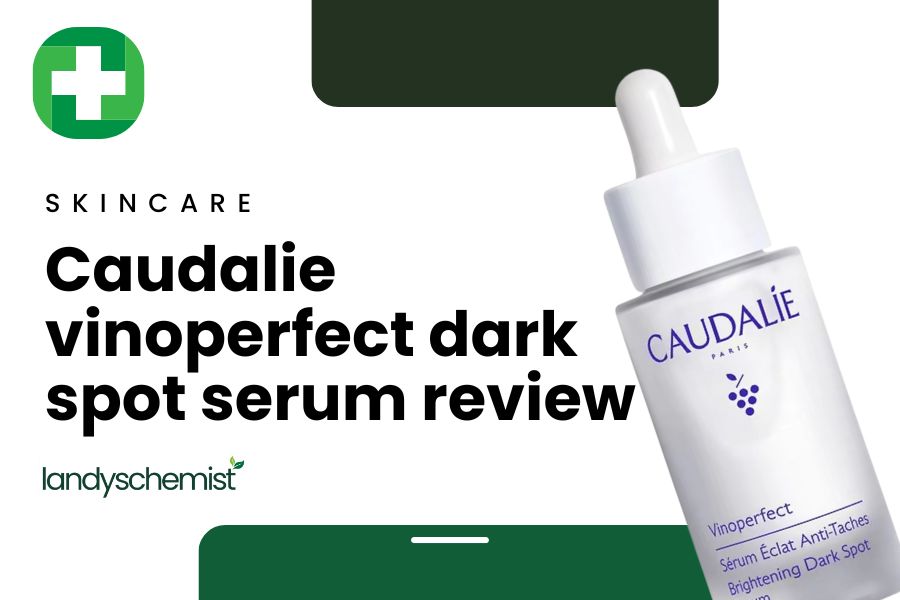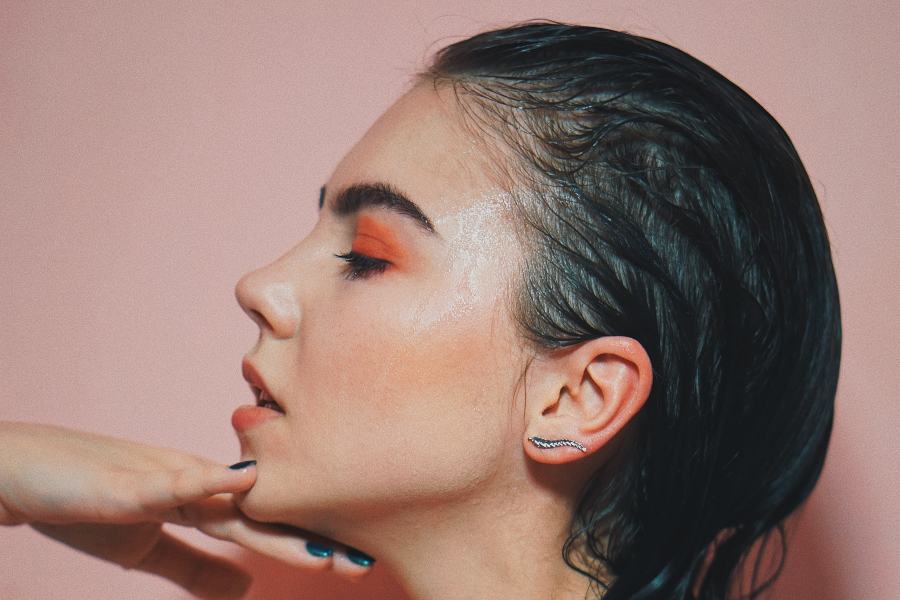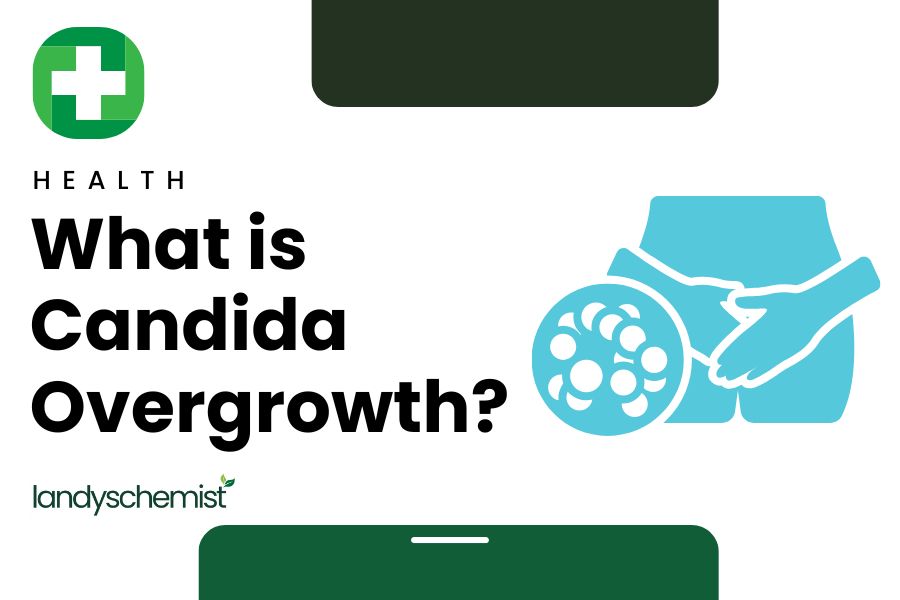
Sun Protection: Common FAQs Answered
By Dr Simi Adedeji (MBBS, BSc(hons), MRCS, MRCGP, DFSRH, Cert IoD)
Sun protection is so important, no matter your age or skin colour. In this article, I answer the most common questions that are posed to me day to day in my clinic and on my socials.
Summer is here, the sun is shining and after months of lockdown we all just want to get out there and enjoy the warm rays of the sun. Whilst sunlight has beneficial effects on our mood, vitamin D levels and bone health, it can also cause damage to our skin and its DNA (genetic material) leading to signs of ageing (crepey skin, dark spots, wrinkles) and also skin cancer. So how can you best enjoy the benefits of the sun whilst also keeping yourself safe from its harmful effects? Read on to find out more!
Why Is Sun Protection Important?
Sunlight produces ultraviolet (UV) radiation. There are 3 main types of UV radiation (A, B and C), however we are mostly concerned about UVA and UVB which are the only ones that reach the surface of the earth.
The deeper penetrating UVA rays ages the skin by damaging your collagen and elastin fibres which leads to wrinkles and sagging skin. You cannot feel UVA on your skin and it is able to penetrate through glass in your car and windows of your house so it affects your skin even if you are indoors. UVA radiation also triggers your pigment forming skin cells (melanocytes) to form the brown pigment melanin which is responsible for tanning and pigmented areas such as sun spots. Whilst people often believe they look ‘healthier’ with a tan, in reality, there is no such thing as a healthy tan. A tan is actually a sign that the skin has been damaged and is trying to protect itself by producing more melanin.
UVB radiation burns your skin causing the redness, discomfort, blistering or peeling that we associate with sunburn. You can feel it as warmth on your skin and it does not penetrate as deeply as UVA.
How Do Sunscreens Work?
There are 2 main categories of sunscreen:
- Physical sunscreens – (aka mineral or inorganic sunscreens) work by reflecting UV radiation. They contain Titanium dioxide +/- Zinc oxide which causes them to commonly leave a white cast on the skin. This will be more noticeable on darker skin tones.
- Chemical sunscreens – (aka organic sunscreens) are the most common sunscreens on the market and work by absorbing UV radiation and releasing the energy as heat. They contain chemical filters such as avobenzone and homosalate. These are typically easier to blend into the skin, especially on darker skin tones. Some sunscreens contain a combination of both chemical and physical UV filters.
How Do I Choose A Good Sunscreen?
Choosing sunscreen can be confusing. There are so many formulations, textures and brands available. How do you know you are choosing a good sunscreen? Well, good sunscreens will protect you against both UVA and UVB radiation and are called ‘broad spectrum’.
When choosing sunscreen, many people focus just on the sun protection factor (SPF) rating. But did you know that this only tells you about protection from UVB radiation? For information about protection from UVA radiation you also need to check the star rating.
SPF rating
The SPF rating is a measure of how long the sun’s UVB rays would take to burn your skin with sunscreen on, compared to if you had no sunscreen on. So if you use a SPF 30 sunscreen perfectly it will take you 30 times longer to burn; or put another way, if you would usually burn in 10 minutes, wearing an SPF 30 sunscreen you would burn in 10 x 30 minutes (300 minutes). An SPF of 30 will filter out 97% of UVB radiation and an SPF 50 sunscreen will block 98%.
This doesn't mean that SPF 15 or 25 sunscreens aren't worth applying, but consider how often you are applying in relation to the sunscreen you are using. Also if spending a lot of time outdoors, using an SPF 50 sunscreen will mean you have to apply less often.
UVA star rating
The star rating tells you about the level of UVA protection. UK sunscreens are rated from 0 to 5 stars and the higher the star rating the better the level of UVA protection.
An SPF 30 sunscreen with a UVA rating of 4 to 5 stars is considered to offer good sun protection by the British Association of Dermatologists.
The La Roche Posay Anthelios range of sunscreens offer broad spectrum UV protection and are available in a variety of formulations including creams, lotions and sprays. They are tested on various skin types including sensitive, acne and eczema prone skin, and meet the needs of every age group (babies, children, teenagers and adults).
What other measures can I take to protect myself from the sun?
No sunscreen will block 100% of UV radiation. Some will always get through to the skin so try to think of sunscreen as just one tool in your armoury for sun protection. Other measures to protect yourself from the sun include:
- Avoiding the sun when it’s at its strongest – between 11am and 3pm in the UK
- Seeking out shade – e.g walking on the shaded side of the street, sitting under a tree or a beach umbrella to protect you from the sun’s rays
- Wearing sun protective clothing – cover up with a top or t-shirt and a wide brimmed hat
- Protecting your eyes by wearing sunglasses – this is especially important when around water or snow which can reflect sunlight and cause damage to your eyes
- Avoiding looking directly at the sun – a good rule all year round
How do I apply sunscreen correctly?
The commonest mistake when using sunscreen is not to apply enough which means that you would be getting less protection than you are expecting. If you are worried you may not be using enough, you can opt for sunscreen with a higher SPF factor such as 50+.
As a rough guide an adult would need to use about 1 shot glass full (2 tablespoons = 30ml) to cover your whole body or 1 teaspoon (approximately 5 ml) amount to cover the face, head and neck. Commonly missed areas include the ears, the top of your head if you are bald and the tops of your feet so make sure you apply here too.
Apply at least 15 minutes before going outdoors and remember to reapply every 2 hours if you are outdoors because sunscreen will only last so long on the skin before some is rubbed off or some of its elements are broken down by sunlight and it loses effectiveness. Also reapply after swimming or sweating.
Who needs to wear sunscreen?
Everyone should wear sunscreen as every skin type can be affected by skin cancer, pigmentation and signs of aging. However, the risk of skin cancer is higher in certain groups so you should take extra care in the sun if you fall into any of the following categories:
- White, pale or light brown skin
- Freckles, red or blond hair
- Tend to burn rather than tan
- Have many moles
- Have a history of skin cancer in your family or have ever had skin cancer yourself
- Live in a hot country where it’s sunny a lot of the time
- Have medical conditions or using medication that makes your skin sensitive to sunlight
- Have a job that requires you to spend a lot of time outdoors e.g. gardeners, farmers
How do I best protect my children from the sun?
Children’s skin is more sensitive to sunlight. Sunburn or excessive exposure to sunlight in childhood can lead to skin cancer in later years.
The best protection for babies under 6 months old is to be kept out of direct sunlight. It is recommended that sunscreen should be avoided where possible in babies under 6 months but to dress them in clothes that cover the body, a wide brimmed hat and sunglasses.
For older children follow the same advice as for adults with sunscreen and the other protective measures described above. There are plenty of baby and child safe sunscreens to choose from to ensure protection and it's better to be safe.
I have sensitive skin. Which sunscreen is best for me?
Sunscreen containing mineral or physical UV filters such as zinc oxide and titanium dioxide can be less irritating on the skin. However they do leave a white cast on the skin which is more noticeable on darker skin tones.
I have dark skin/black skin. Which sunscreen is best for me?
People with darker skin tones (black, brown, olive or tan) are less likely to develop skin cancer because their darker skin offers some natural protection against UV radiation. These skin tones should still wear sunscreen because skin cancer can and still does occur. And of course wearing sunscreen also protects against signs of aging and hyperpigmentation which particularly affects people with darker skin.
Many sunscreens can leave a white cast on darker skins or cause a flashback on photographs, making them unflattering to wear. However, there are some which have been formulated especially so that they don’t leave a white cast.
The La Roche-Posay Anthelios ultra-light invisible fluid spf50+ is perfect for darker skin types including Black and Asian skin and does not leave a cast on even the darkest of skin such as mine!
I have sunburn. How do I deal with this?
If you have already suffered sunburn, first avoid further UV exposure until your skin is completely healed.
Sponging your skin with cool water or having a cool bath can offer some relief. Apply a moisturiser onto slightly damp skin immediately after your bath, to trap the water and moisture in your skin and to soothe your skin. Alternatively you may apply a cooling after sun lotion/cream.
If you have blisters, you technically have a second degree burn. To reduce the risk of infection, do not burst the blisters, let them heal naturally. If the blisters affect a large area of skin or you get chills, seek medical help.
You may also use painkillers such as ibuprofen or paracetamol to help with the pain. Ibuprofen is particularly effective because it is also an anti-inflammatory so it will also help reduce the inflammation caused by the sunburn.
Can I use my sunscreen from last summer?
Make sure that the sunscreen is not past its expiry date because if it is out of date, some of the active ingredients can break down and the sunscreen won’t work properly. Most sunscreens have a shelf life of 2 to 3 years unopened.
Look for the ‘Period after opening’ (PAO) sign, (an ‘open jar’ sign containing a number followed by the letter M), which tells you how long you can safely use your sunscreen after opening. E.g. 12M means you can use it for 12 months after it is opened.
What is a quick and easy way for me to remember how to protect myself in the sun?
If this is all just too much information for you to remember, just remember to: Slip, Slop, Slap, Slide and Seek.
- Slip – on a t-shirt
- Slop – on a broad spectrum SPF 30 sunscreen
- Slap – on a broad brimmed hat
- Slide – on some sunglasses
- Seek – shade from the sun, especially between 11-3pm
You are now ready to practise safe sun care!
Disclaimer
The products offered are not intended to diagnose, treat, cure, or prevent any illness or disease, or to replace the advice of a medical professional. Results are not guaranteed and may vary from individual to individual.




